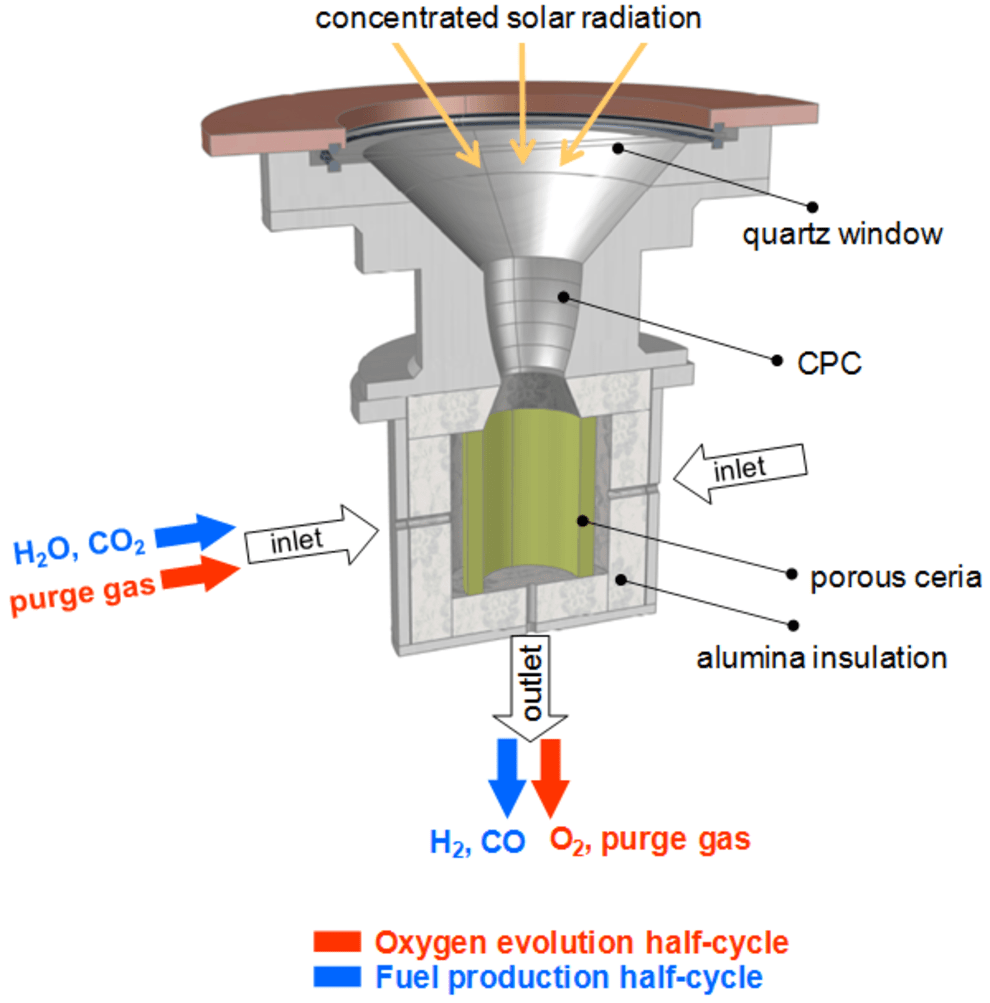
P2069 Fuel Level Sensor B Circuit Intermittent
Content
P2069 Fuel Level Sensor B Circuit Intermittent
OBD-II DTC Datasheet
Malfunction of a chain of the sensor of level of fuel "B"
What does this mean?
This Generic Transmission / Engine DTC usually applies to all OBDII equipped engines, but is more common in some Hyundai, Infiniti, Isuzu, Kia, Mazda, Mercedes Benz, Nissan and Subaru vehicles.
The fuel level sensor (FLS) is usually installed in the fuel tank, usually at the top of the fuel tank / fuel pump module. FLS converts the mechanical fuel level into an electrical signal to the powertrain control module (PCM). Typically, the PCM will then inform other controllers using the vehicle's data bus.
The PCM receives this voltage signal to determine how much fuel it has in its fuel tank, monitoring fuel consumption and thereby determining fuel economy. This code is set if this input does not match the normal operating voltage stored in the PCM memory, even for a second, as demonstrated by this DTC. It also checks the voltage signal from the FLS sensor to determine if it is correct when the key is initially turned on.
P2069 could be set due to mechanical (incorrect rational fuel level; refueling the car with the ignition on or even a running engine. The fuel level changes too quickly, which is not normal) or electrical (FLS sensor circuit) problems. They should not be overlooked during the troubleshooting phase, especially when dealing with an intermittent problem.
Troubleshooting steps may differ depending on the manufacturer, type of FLS sensor and wire colors. Refer to the specific vehicle repair manual for the location of the "B" chain.
Relevant Fuel Level Sensor B Fault Codes include:
- P2065 Fuel Level Sensor "B" Circuit Malfunction
- P2066 Fuel Level Sensor "B" Circuit Range / Performance
- P2067 Low input of the fuel level sensor circuit "B"
- P2068 Fuel Level Sensor "B" Circuit High Input
Severity and symptoms
Seriousness depends on failure. If there is a mechanical failure; heavy. If the electrical failure is not as severe as the PCM can compensate for it. Compensation usually means that the fuel gauge is always empty or full.
Symptoms of a P2069 engine code may include:
- Malfunction Indicator Lamp (MIL) illuminated
- Decreased perceived fuel economy
- Reducing the distance to empty run
- Incorrect fuel level on the gauge in the instrument cluster - always wrong
Possible reasons
Usually the reason for installing this code is:
- Intermittent break in the signal circuit to the FLS sensor - possible
- Intermittent short to voltage in the signal circuit of the FLS sensor - possible
- Intermittent short to ground in the signal circuit to the FLS sensor - possible
- Faulty FLS sensor / sensing arm stuck mechanically - probably
- Failed PCM – Unlikely
Diagnostic and repair procedures
A good starting point is always to find a Technical Service Bulletin (TSB) for your specific vehicle. The vehicle manufacturer may have a flash memory / PCM reprogramming to fix this problem and it's worth checking it out before you find yourself on the long / wrong path.
Then find the fuel level sensor (FLS) on your specific vehicle. This sensor is usually installed in the fuel tank, or perhaps even on top of the fuel tank / fuel pump module. Once found, visually inspect the connector and wiring. Look for scratches, scuffs, exposed wires, burn marks, or molten plastic. Disconnect the connector and carefully inspect the terminals (metal parts) inside the connector. See if they look burnt or have a green tint indicating corrosion. If you need to clean the terminals, use an electrical contact cleaner and a plastic bristle brush. Allow to dry and apply electrical grease where the terminals touch.
If you have a scan tool, clear the DTCs from memory and see if P2069 returns. If this is not the case, then there is most likely a connection problem.
This is the most common area of concern in this code as fuel tank connections have the most corrosion problems.
If the P2069 code does return, we will need to test the FLS sensor and related circuits. With the key off, disconnect the electrical connector on the FLS sensor. Connect the black lead from the digital voltmeter (DVOM) to the ground or low reference terminal on the harness connector of the FLS sensor. Connect the red DVM lead to the signal terminal on the FLS harness connector. Turn on the key, the engine is off. Check manufacturer specifications; the voltmeter should read 12 volts or 5 volts. Rock the connections to see if they have changed. If the voltage is not correct, repair the power or ground wire or replace the PCM.
If the previous test was successful, connect one lead of the ohmmeter to the signal terminal on the FLS sensor and the other lead to ground or the low reference terminal on the sensor. The ohmmeter reading should not be zero or infinite. Check the manufacturer's specifications for the sensor resistance to accurately check the resistance to the fuel level (1/2 tank of fuel may read 80 ohms). Wiggle the connector on the fuel level sensor while checking the resistance. If the ohmmeter readings do not pass, replace the FLS.
If all previous tests pass and you continue to receive P2069, this will most likely indicate a faulty FLS sensor, although the failed PCM cannot be ruled out until the FLS sensor is replaced. If you are unsure, seek help from a qualified automotive diagnostician. To install correctly, the PCM must be programmed or calibrated for the vehicle.
Related DTC discussions
- There are currently no related topics in our forums. Post a new topic on the forum now.
Need more help with your p2069 code?
If you still need help with DTC P2069, post a question in the comments below this article.
NOTE. This information is provided for informational purposes only. It is not intended to be used as a repair recommendation and we are not responsible for any action you take on any vehicle. All information on this site is protected by copyright.

